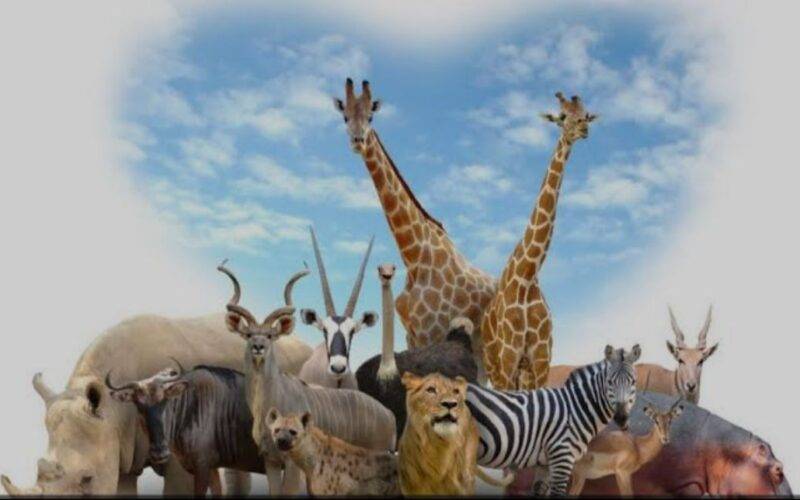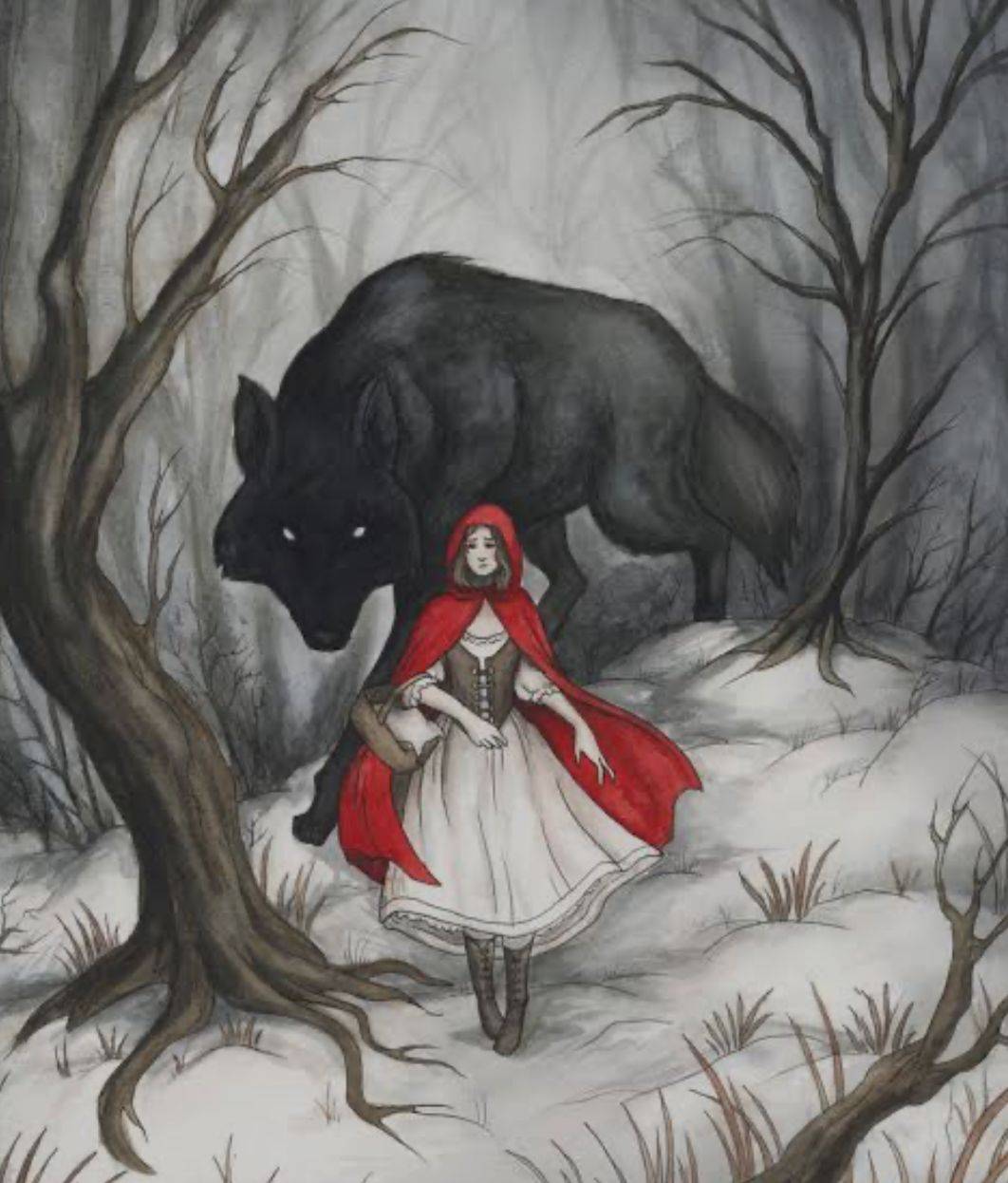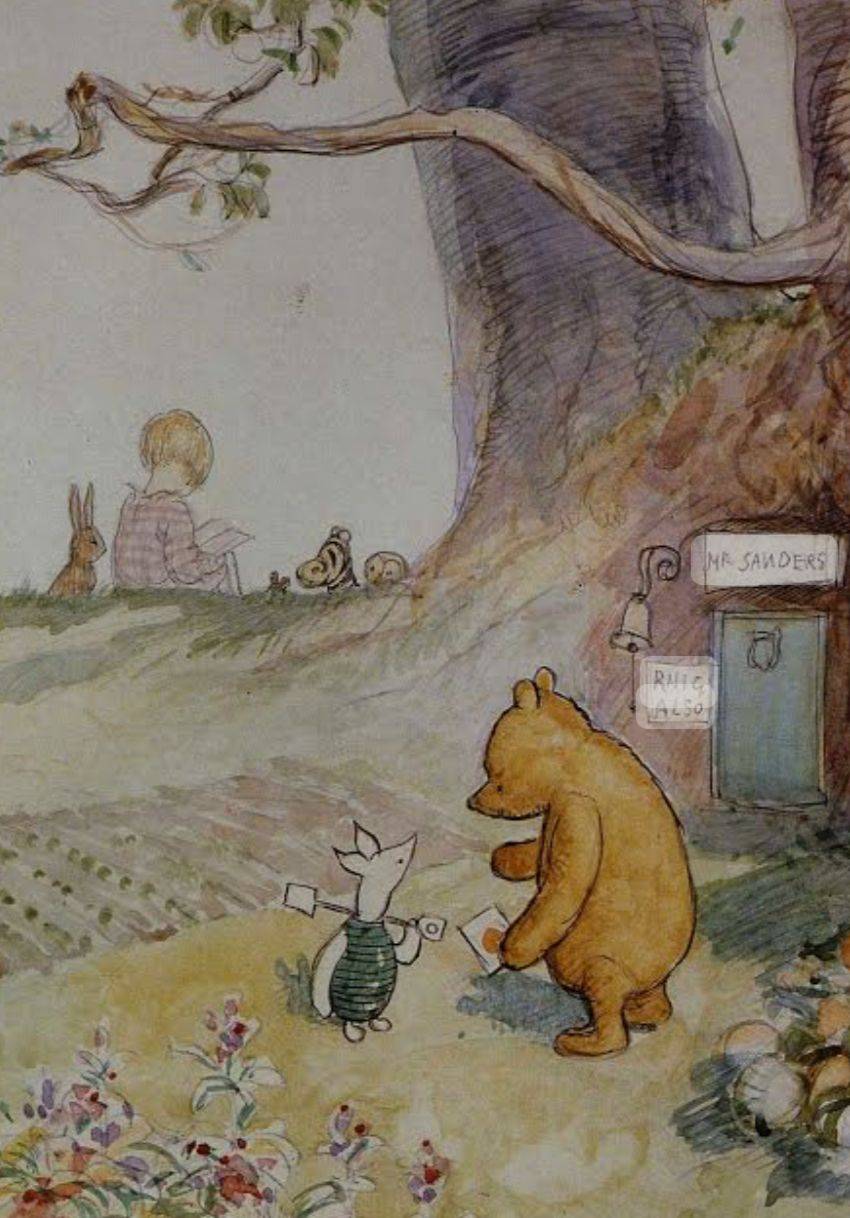Children’s novels have always been loved not only by children but also by adults probably because of the simplicity with which they tend to present complex situations and their solutions. Children’s authors have a separate fan base altogether, I would be lying if I say that I do not miss the simple moral based stories that I read as a child, amidst all the literature that I now read. Research shows that children stories help in boosting creativity and promoting escapism, even in adults. To be true, when a child becomes conscious of things around him in his play age, that is when he is introduced to books. The main reason behind this is that the cognitive ability of a child is directly proportionate with what he sees and later on reads. Isn’t this the same with us adults too?
When we talk of children novels, a peculiar feature that can be observed is the incorporation of animal characters in majority of the stories. As stated above, this can also be the reason why these stories enhance creativity abilities of a child. What we adults consider as fantasy or fiction is not a concept developed by adult writers but in my opinion just a deep rooted thought in all of our minds since childhood.
Animals are synonymous with children’s literature; let’s examine this long running affair of books with animal stars. Starting with the classic tale of Little Red Riding Hood, where the moral was a simple warning to children that they should not trust strangers but the inclusion of the wolf in the story made it fascinating by adding an element of eeriness. The idea is not new but representing the moral in such a manner which makes it simpler for children to grasp the context without actually teaching them is noteworthy. Similarly, the story of The Very Hungry Caterpillar is full of morals for children relating to eating healthy, well-being and transformation. The author could have used a human character at the same place but the evolution of caterpillar into a butterfly is what must have kept the children intrigued and enthusiastic. Next down the line we have, Winnie! The Pooh which beautifully explains the importance of having friends especially when in need. The friendship in the story among different animals, will also make the children more social and adaptive with people coming from different backgrounds. Another popular book is Charlotte’s Web, a story of friendship, courage and self sacrifice which portrays the story of a pig and a spider. The list goes on and on but let’s lookout for explanation why authors woo the idea of introducing animal characters in children’s tales. Now, the idea of some of these tales and characters can be surreal for children but it synchronizes with the main idea of imparting knowledge.
Why animal fiction is a better replacement of human fiction?
Anthropomorphism is defined as the practice of attributing human like characteristics to an object or animal which is a common practice. The use of animals instead of humans capitalizes a child’s imagination in a way that simply using people would not. By having a make believe animal say and act out the story, real life situations are maybe less threatening, less intense but still fun and understandable. Animals allow for a wide range of imaginative storytelling. Authors can create fantastical worlds and scenarios using animal characters that might be more challenging with human characters. Also, it gives the authors a wide space to explore their creation as they can virtually create as many stories with different ideas. Another perspective to this can be the fact that children can relate better with animals because humans more or less all look the same to children. A warm penguin or a bear will much easily get the point across than a normal grown up human..
Animal characters can embody universal themes and lessons without the baggage of specific cultural or societal contexts. They can appeal to a wide range of children, regardless of gender, race, or background. They offer a neutral canvas for readers to project themselves onto, fostering inclusivity and allowing children from diverse backgrounds to see them represented in stories. On an educational level, they teach kids about the characteristics of common creatures and the noises they make. Often among the first words a child will say, along with “mama” and “dada”, are animal sounds like “woof” or “moo.
Animal characters also teach young children about ecology and environment right from the pre-school level which acts as an added advantage. Children can learn important lessons about empathy, responsibility, and environmental conservation through the experiences of animal characters. One more alluring factor is the element of humor and entertainment added in the story by animal characters. Animals lend themselves well to humor and comic situations, making children’s stories entertaining and enjoyable. Whether it’s a clumsy elephant, a mischievous monkey, or a witty fox, animal characters can add humor and levity to the narrative. Of course, we cannot deny the commercial aspect of an animal book. The warmth that a cute, cuddly creature can bring to an illustrated picture book can notably make more money than a non characterized book which adds up to another reason why authors use animal characters in their books.
It has been thus for time immemorial or at least, a good few years depending on which generation you belong to, you’ll probably have fond memories of at least one book in which animals were at the heart of the story. A big positive of using an animal as the main character, is that the creativity used can narrow the distance between the child reader and protagonist to explore darker and more scary themes. In summary, children’s books of all kinds have long contained animal characters and I can’t see that trend disappearing any time soon. Animals spark wonders in children and provide potential for beautiful, funny and engaging illustrations. But it is worth thinking carefully about the animal you choose, making sure they star in your story for all the right reasons.




Great write up…❤️
Loved it…keep going 😊